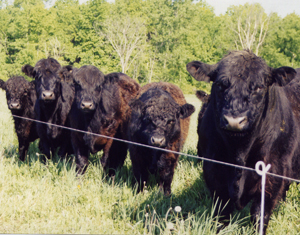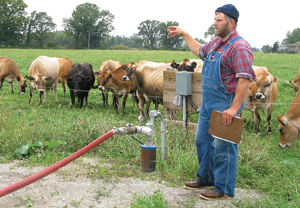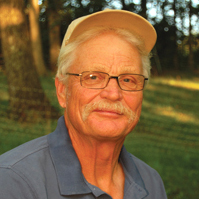Tom Wrchota, Omro, Wisconsin — The increase in unemployed, underemployed, and fearful Americans has certainly affected overall spending on food. Here at Cattleana Ranch, meat sales are off slightly from our all-time record high of 2008. A decline in the dollar volume of our chicken and meat CSA sales offset slight increases in our beef, pork and lamb business. Overall, we feel like we’ve held our own through this economic storm.
The challenge these days for all grass-fed marketers is to hold on to the current customer base, keeping revenues at least even without diminishing profit margins. A direct marketer’s developed customer base is the stored “gold” of the business, and the customer’s continued loyalty during rough economic times is essential for success. It is critical to understand why these customers purchase from you, and how the economy is potentially changing their buying habits. Continue reading “Selling grass-fed meat in tough economic times”





